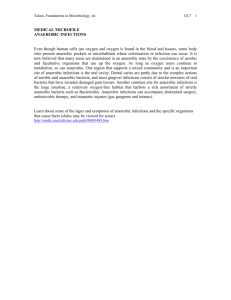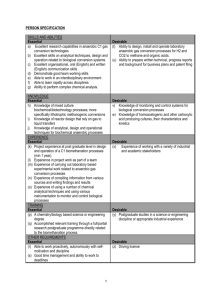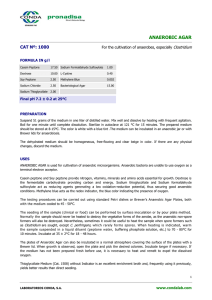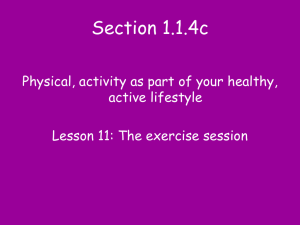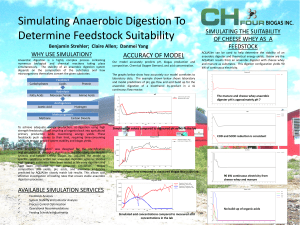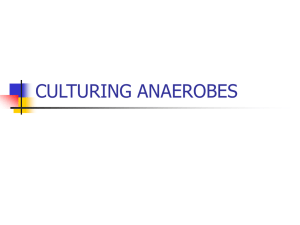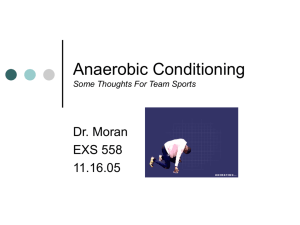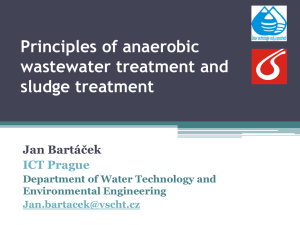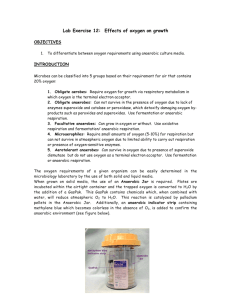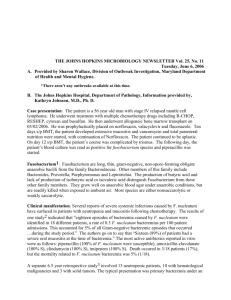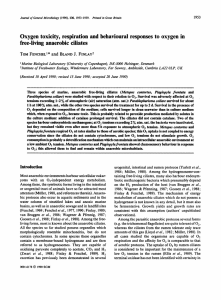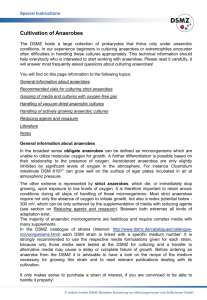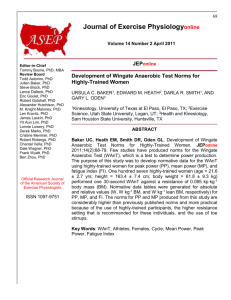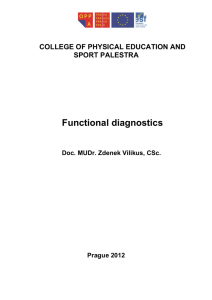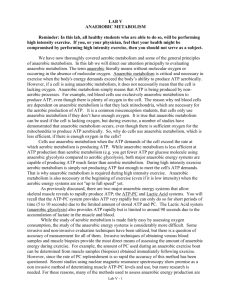Predictive Modeling of the Cardiovascular System During Exercise
advertisement
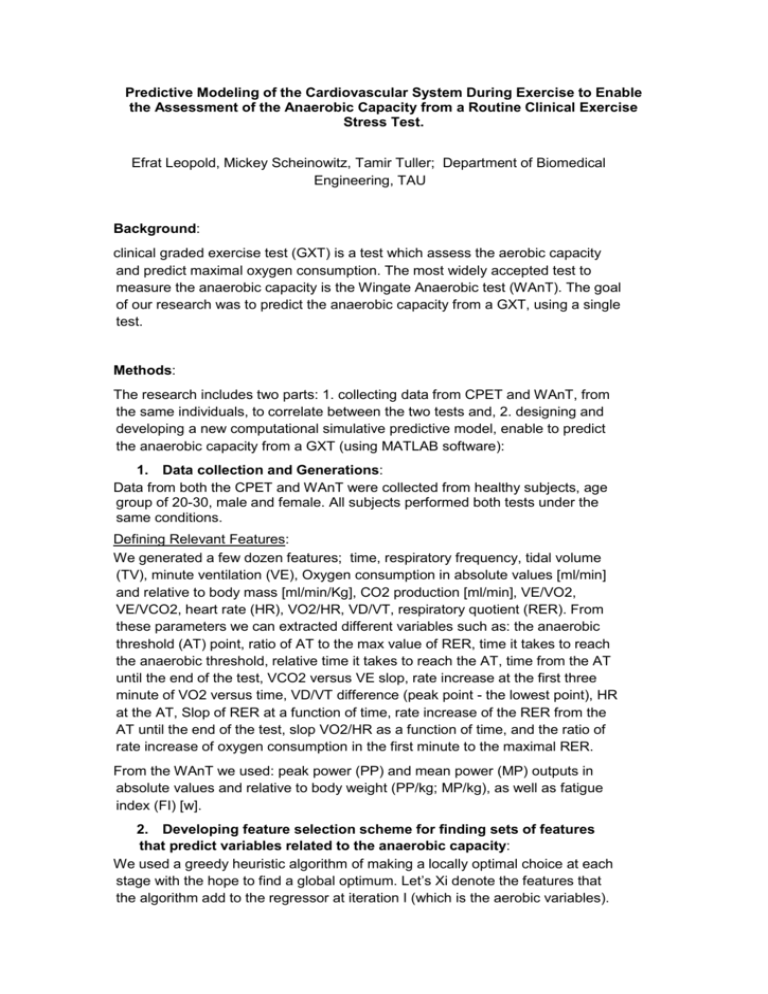
Predictive Modeling of the Cardiovascular System During Exercise to Enable the Assessment of the Anaerobic Capacity from a Routine Clinical Exercise Stress Test. Efrat Leopold, Mickey Scheinowitz, Tamir Tuller; Department of Biomedical Engineering, TAU Background: clinical graded exercise test (GXT) is a test which assess the aerobic capacity and predict maximal oxygen consumption. The most widely accepted test to measure the anaerobic capacity is the Wingate Anaerobic test (WAnT). The goal of our research was to predict the anaerobic capacity from a GXT, using a single test. Methods: The research includes two parts: 1. collecting data from CPET and WAnT, from the same individuals, to correlate between the two tests and, 2. designing and developing a new computational simulative predictive model, enable to predict the anaerobic capacity from a GXT (using MATLAB software): 1. Data collection and Generations: Data from both the CPET and WAnT were collected from healthy subjects, age group of 20-30, male and female. All subjects performed both tests under the same conditions. Defining Relevant Features: We generated a few dozen features; time, respiratory frequency, tidal volume (TV), minute ventilation (VE), Oxygen consumption in absolute values [ml/min] and relative to body mass [ml/min/Kg], CO2 production [ml/min], VE/VO2, VE/VCO2, heart rate (HR), VO2/HR, VD/VT, respiratory quotient (RER). From these parameters we can extracted different variables such as: the anaerobic threshold (AT) point, ratio of AT to the max value of RER, time it takes to reach the anaerobic threshold, relative time it takes to reach the AT, time from the AT until the end of the test, VCO2 versus VE slop, rate increase at the first three minute of VO2 versus time, VD/VT difference (peak point - the lowest point), HR at the AT, Slop of RER at a function of time, rate increase of the RER from the AT until the end of the test, slop VO2/HR as a function of time, and the ratio of rate increase of oxygen consumption in the first minute to the maximal RER. From the WAnT we used: peak power (PP) and mean power (MP) outputs in absolute values and relative to body weight (PP/kg; MP/kg), as well as fatigue index (FI) [w]. 2. Developing feature selection scheme for finding sets of features that predict variables related to the anaerobic capacity: We used a greedy heuristic algorithm of making a locally optimal choice at each stage with the hope to find a global optimum. Let’s Xi denote the features that the algorithm add to the regressor at iteration I (which is the aerobic variables). Step 1: finding the first variable,X1, of the regressor which is the variable that give the best spearman correlation with the predictor (the anaerobic variable). At step i+1: add another variable and check the distance between the predictor to the observed value. Choose the variable i+1 with the smallest distance. In each step I chose the variable, Xi, which give the smallest distance from the observed value. - Stop the loop if the adjusted correlation (Radj) of the predictor which is based on the variables that were added,X1..Xi is not 5% higher than the Radj of the predictor based on X1..Xi-1 Results: Our preliminary statistical analysis showed good correlations between the anaerobic and the aerobic variables, hence justifying for further investigation for this relationship and building models such as the greedy heuristic model described above.
